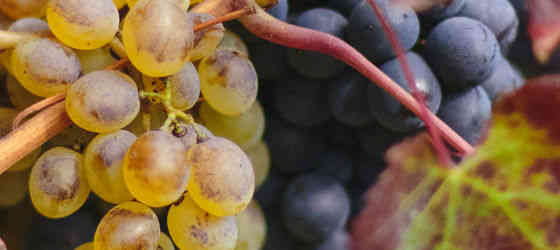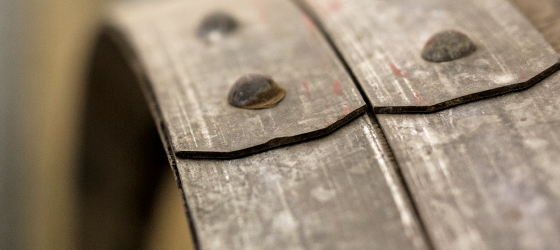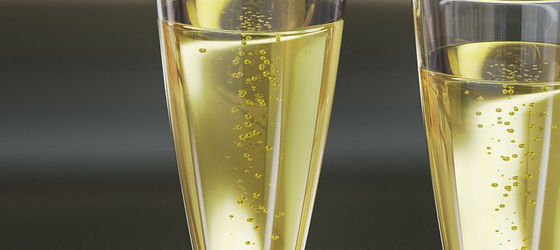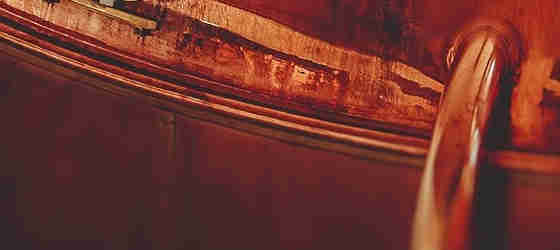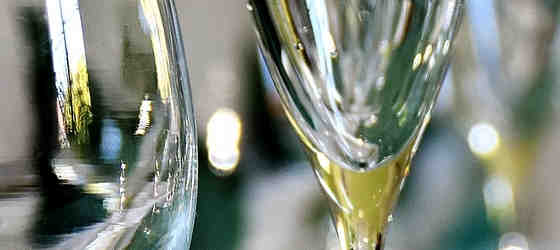19/05/2019
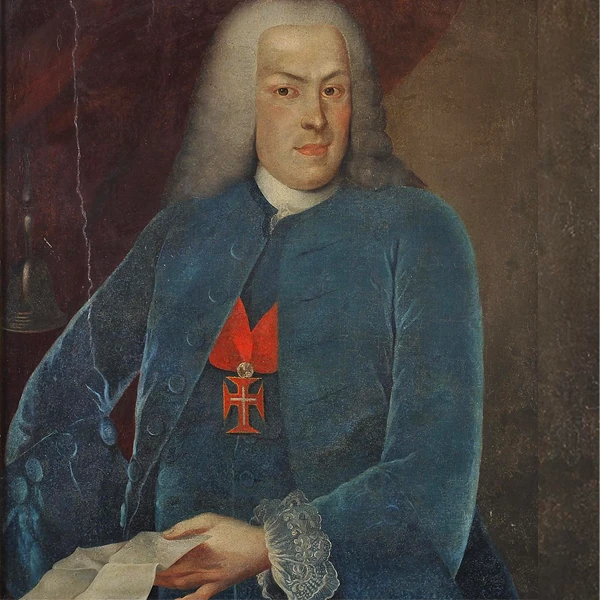
Douro - the history
Douro - the history
The early days
The oldest evidence of viticulture in the Douro region dates back to the Bronze Age; grape seeds and vines from this period have been found in several places. During the Roman occupation, viticulture expanded further, and there are also writings from the 7th and 8th centuries that mention the cultivation of wine (including the Visigothic Codex).
With the beginning of the 2nd millennium of our era, there are more and more sources that testify to a rather intensive wine culture. The charter of S. João da Pesqueira from the 11th century, for example, proves that the city's tribute was to be paid in wine. Just two hundred years later, ships carrying wine to Vila Nova de Gaia were subject to customs duties.
As of the city of Lamego - today known for its sparkling wine production - was the wine-growing centre at the time, the Douro wine of that time was called Vinho de Lamego. The first records of the export of the Lamego wines also date back to the 13th century France - with links to the Douro region since the 11th century through Henry II of Burgundy - who probably was the first important importer. Large-scale shipments to Brugges, Rouen and Honfleur are documented from the 14th century.
However, the Englishmen, whowould later play a decisive role in the development of port wine, were at this point also trading. English records first mention Oporto as a trading partner in 1318. An agreement according to which the Portuguese were allowed to fish off the coasts of England in return for the delivery of Lamego wine, among other things, dates back to 1353 (some authors refer to 1373). Further contracts followed, and thereby slowly but steadily a lively trade developed.
The rise and fall: The first
In the second half of the 17th century, a number of English merchants settled in Porto and the first British port wine companies were founded (Warre in 1670, Taylor in 1692, etc.). The name Vinho do Porto was also used for the first time in these years: Ribeiro de Macedo was already using this name in 1675, and three years later the Porto customs registered wines shipped from there under this certain name.
Towards the end of the 17th century, the export of Vinho do Porto experienced a huge boom. The quality of Douro wines was now highly valued in England, and the armed conflicts with France (Palatine War 1688-97 and War of the Spanish Succession 1701-13/14 with an alliance between England and Portugal) made it increasingly difficult to import French wines to the island. Exports exploded from around 700 pipas per year towards the end of the 17th century to up to 19,000 pipas in the first half of the 18th century. Increasingly high prices were also paid for the wines. A pipa fetched over 70,000 Reis, which, according to a 1990 conversion attempt, was equivalent to more than 3,000 Deutschemark.
The result was an increase in vineyards, and because it was very lucrative, fraud increased. That meant more and more inferior wines from other regions were smuggled in. Elderberry juice was added to lighter wines, to at least give the wine a strong colour, which eventually led to a royal decree in 1737, banning elderberry bushes within 5 km of the banks of the Douro, as well as the mixing of white and red grapes, and the fertilization of vineyards.
The significant decline in the quality of the Douro wines led to a drop in demand; confidence had been lost in England. As a result, the quantity in supply was soon greater than the demand, which in turn caused prices to fall. The good reputation was gone, vineyards fell into ruin and poverty spread throughout the region.
Companhia and Marquês de Pombal
The catastrophic situation surrounding the Douro wine in the middle of the 18th century, forced those involved to take action. It had become clear that only strict control by an appropriate authority could put an end to the decline of port wine.
Leading producers - under the initiative of the Prime Minister Sebastião José de Carvalho (who became Marquês de Pombal in 1769) - submitted principles for a control organization to be created at court. In a revised version, this petition then led to the royal decree of 10 September 1756, in which the foundation and statutes of the Companhia Geral da Agricultura das Vinhas do Alto Douro were approved.
Among other things, the organization, which was later usually referred to simply as the Companhia, aimed to ‘maintain the good reputation of the wine and winegrowing, which should also benefit the trade with this product...’. (articles of association). The statutes also regulated the capitalization of the Companhia (divided into shares of 400,000 Reis each) and provided ‘that a map would be drawn, in the shortest possible time, a cadastre of the northern and southern banks of the Rio Douro be drawn up, in which the area producing genuine, navigable wines, that can leave the mouth of the same river is defined...’.
For the first time in the history of viticulture, a wine region was to be precisely demarcated and the individual vineyards assessed in order to ‘completely separate the wines of the slopes of the upper Douro and its region (...) for shipment (...) from the wines of the places that only produce wines that can be drunk in the country’. The prices at which the Companhia bought from the producers, and those at which the Companhia resold to the merchants, were also set according to origin. In order to prevent counterfeiting, penalties were of course also threatened: for example, for the ‘tavern keeper who alters the aforementioned order, or fills the barrels of the better qualities with inferior wines, or mixes them together, the first time he pays one hundred thousand Reis, forfeits all the wine found on him to the plaintiff, and receives a six-month prison sentence; the second time the penalties are doubled, and for a third offence he is publicly flogged in addition to these penalties and banished to the Kingdom of Angola’.





